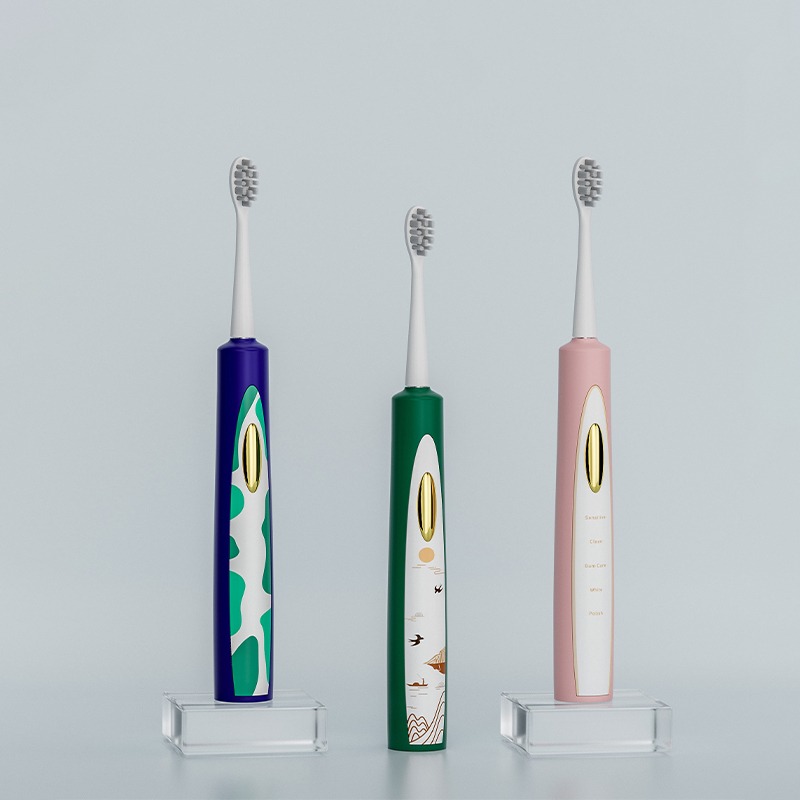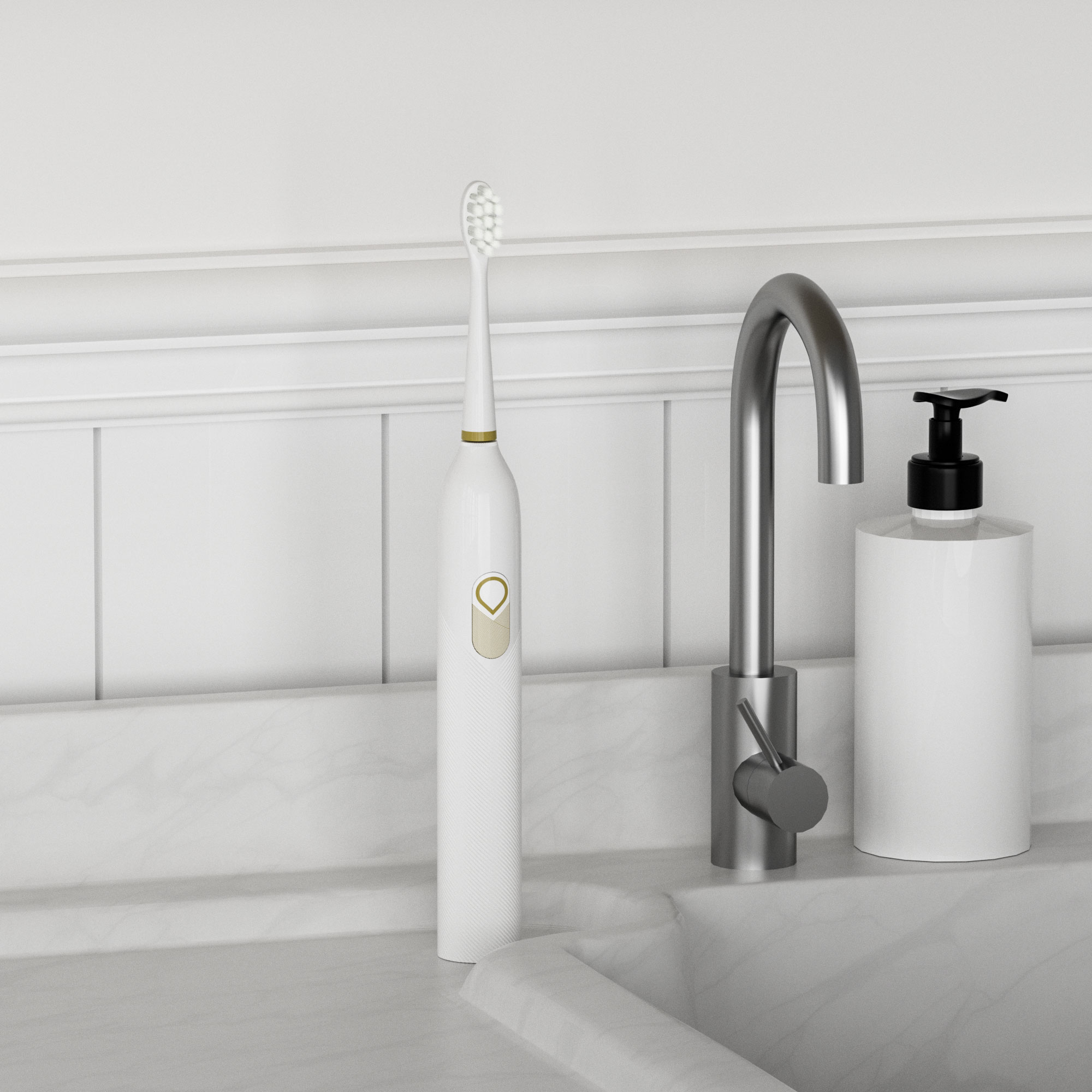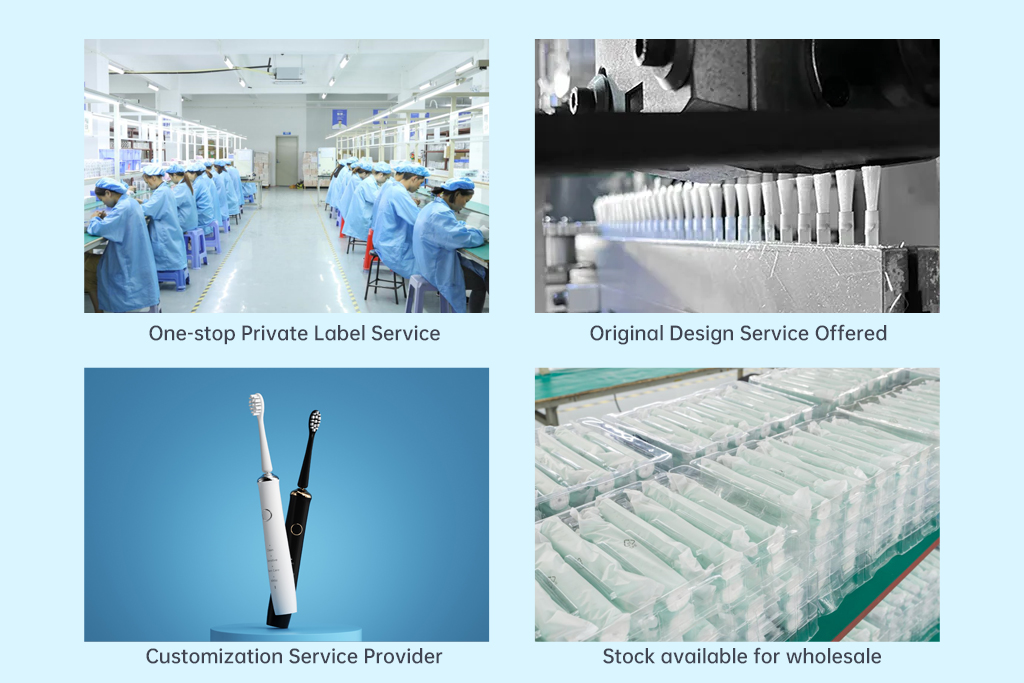In oral care device systems, particularly water flossers and advanced toothbrushes, swivel blockage may seem like a minor mechanical issue. However, this malfunction can directly contribute to saliva depletion, causing user discomfort and long-term oral health risks. Is this problem preventable? Let’s explore how.
Swivel mechanisms enable dynamic adjustment and flexible movement of nozzle heads or brush handles. When blockage occurs:
This not only degrades product functionality but also disrupts the intended liquid delivery sequence, increasing strain on users’ oral environment.
At first glance, swivel blockage and saliva depletion may seem unrelated. However, improper nozzle movement leads to:
Over time, these factors contribute to reduced natural saliva production, exacerbating dry mouth symptoms during and after device usage.
Manufacturers typically face swivel blockages due to:
Without resolving these issues during the design or production phase, swivel components will inevitably seize or malfunction. Company web:https://www.powsmart.com/product/electric-toothbrush/
To prevent swivel blockage and thus avoid saliva depletion:
Additionally, integrating automated quality checks during assembly can detect early-stage mechanical misalignments.
Durability and functionality testing should focus on:
Such layered testing protocols help detect blockage risks before they impact users.
In conclusion, swivel blockage isn’t merely a maintenance concern—it’s a preventable design flaw that directly causes saliva depletion and impacts end-user health. Manufacturers committed to robust mechanical design, smart material choices, and stringent testing protocols can eliminate this hidden failure mode.
Is your current oral care product line designed to prevent these risks? Contact our engineering team today to explore swivel optimization solutions that safeguard both device performance and user wellbeing. Contact Kiwibird
-300x300.jpg)
-300x300.jpg)
.jpg)
Which Product Functions and Performances of Water Flossers Are Users Most Concerned About?
Sync Disruption with Tray Deformation – Tech Failure?

Electric vs manual toothbrush: Which one is better for you?

The proper way to use an electric toothbrush
Gel Crystallization with Gingival Discoloration – Alarming?
.jpg)
Small-Batch Customization Orders: How Low MOQ Opens Doors for New Oral Care Brands
Bristle Splaying Worsening Demineralization Zones – Negligence?
Light Decay Triggering Allergic Dermatitis – Toxic?

Cheap vs High-End Electric Toothbrushes : 5 Key Differences You Should Know
.jpg)
Essential points to entering oral care market in Southeast Asia
.jpg)
Is an RV travel essential kit complete without an RV power toothbrush?
Biofilm Regrowth Inducing pH Imbalance – Vicious Cycle?

How Long Does It Take for a Teeth Whitening Device to Show Results?
Occlusal Interference Plus Jaw Fatigue – Design Flaw?
Pressure Sensor Failure with Taste Distortion – Related?

How Can You Turn Your Users into Loyal Users of Your Oral Care Brand?

Private Label Whitening Gel
.jpg)
Florida Electric Toothbrush – Powsmart PTR-C8

Electric toothbrush heads Charcoal Infused-Diamond

electric toothbrush heads Charcoal Infuse-Round

Customization Teeth Whitening Gel

electric toothbrush heads Regular Clean

electric toothbrush heads Ultra Soft

electric toothbrush heads Deep Clean
whstapp
whstapp
National Toll-Free Service Hotline
+86 755 86238638